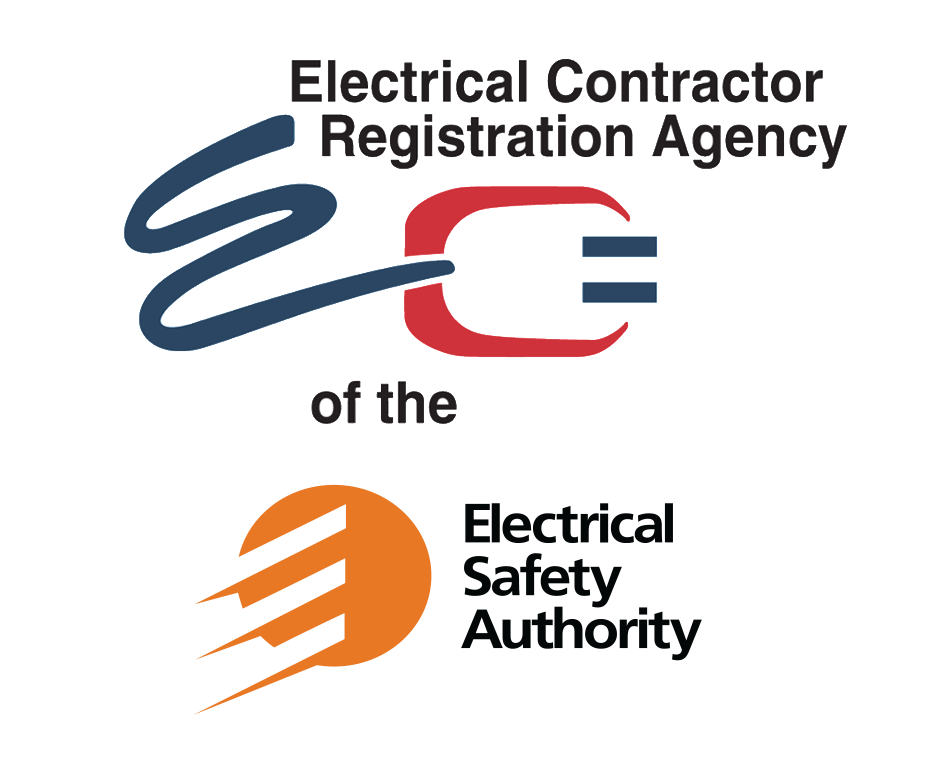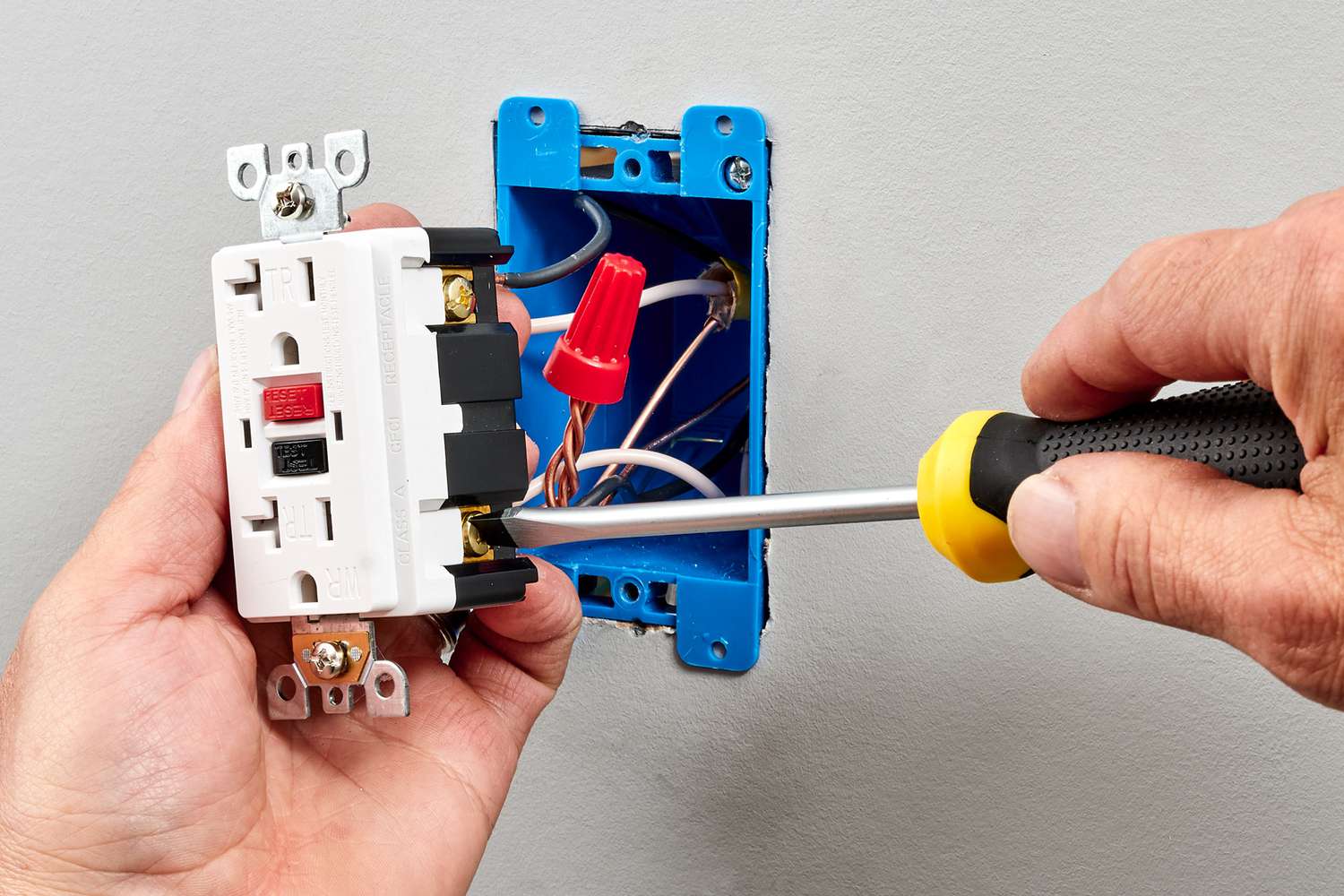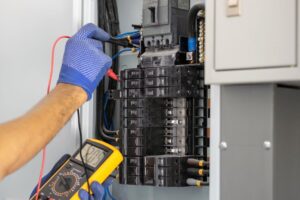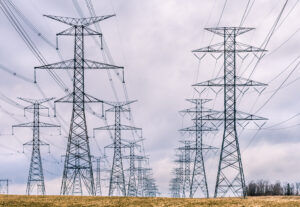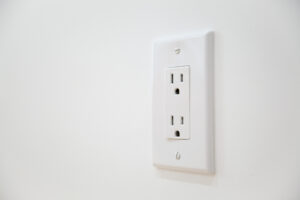Electrical safety is a hot topic these days. It’s become even more of a priority as more people have been doing DIY home repairs and installing electrical components. One of the key pieces of safety equipment that is being used in homes and businesses is the GFCI or Ground Fault Circuit Interrupter. But what exactly is a GFCI? What are its benefits, and where should it be used? In this blog post, we will answer all these questions about the GFCI and provide an overview of its features, functions.
What is a GFCI?
A GFCI (ground fault circuit interrupter) is a device that protects against electrical shocks. It does this by detecting when current is flowing through an unintended path, such as through water or a person, and then shutting off the power to prevent electrocution.
GFCIs can be installed in two different ways: as part of an electrical outlet, or as a standalone device. Outlet-type GFCIs have either two or four prongs; the latter are known as 4-prong GFCIs. Standalone GFCIs look like ordinary outlets but have a test button and a reset button.
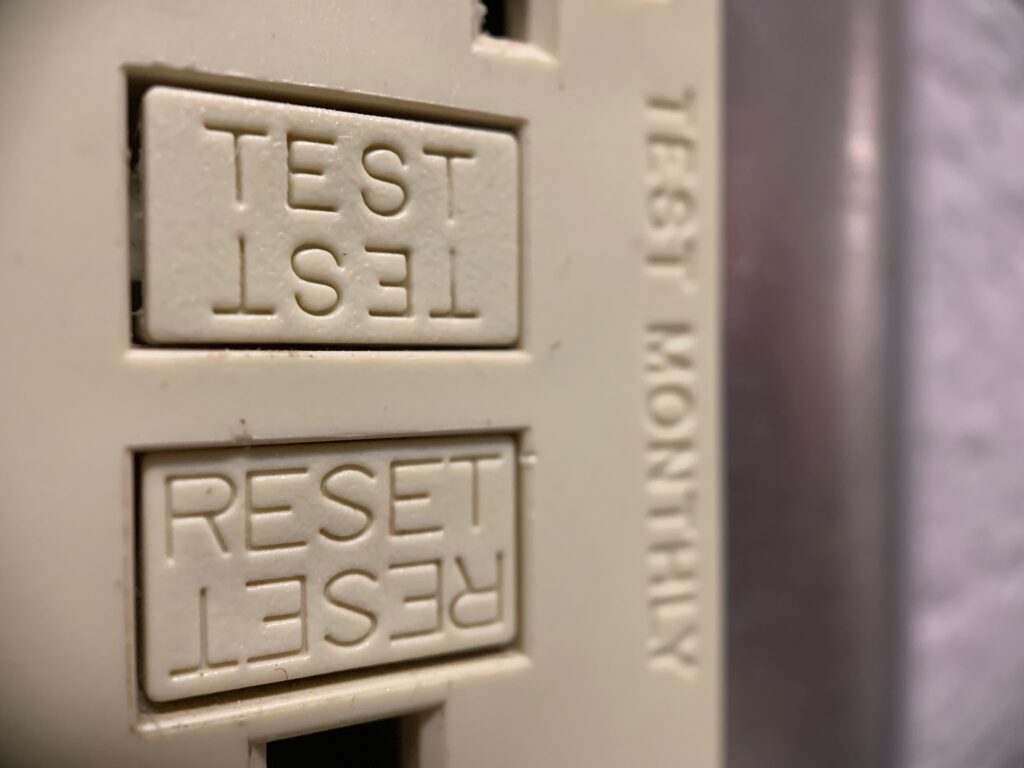
GFCIs should be tested monthly to ensure they are working properly. To test a GFCI, press the test button; the reset button should pop out. If it doesn’t, press the reset button and then the test button again. If the reset button still doesn’t pop out, contact us to have the GFCI tested and/or replaced immediately.
How do GFCIs work?
A GFCI, or ground fault circuit interrupter, is a device that helps to protect against electrical shocks. It does this by monitoring the current flowing through a circuit and if it detects a difference in the current flowing through the hot and neutral wires, it will trip the circuit and shut off the power. This can help to prevent electrocution as well as fires that can be caused by electrical faults.
Why are GFCIs important?
GFCIs are important because they help protect people from electrical shocks. When there is a ground fault, the GFCI trips and shuts off the power, preventing electricity from flowing through the body. This can help prevent serious injuries or even death.
Where should GFCIs be used?
GFCIs should be used in areas where there is a high risk of electrical shocks, such as near water or in areas that are susceptible to fires.
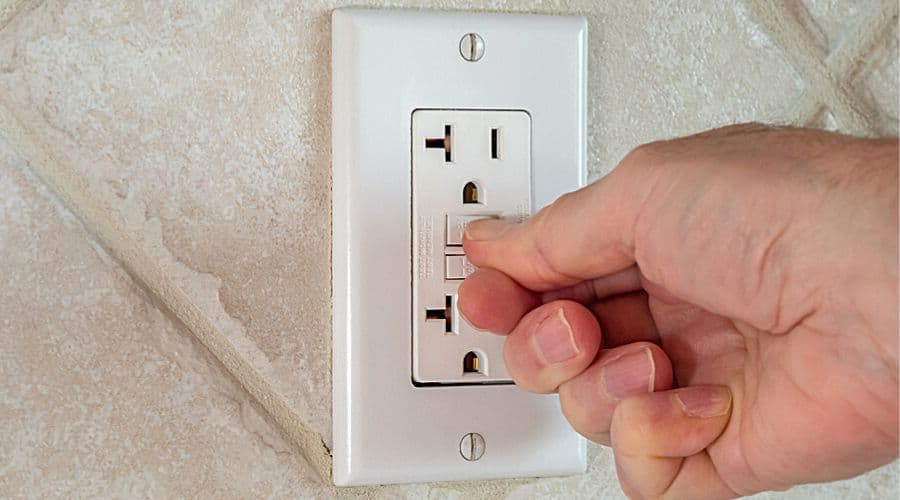
Conclusion
In conclusion, GFCIs are an invaluable safety feature that can help protect you and your family. These outlets detect any difference in the amount of current flowing through them and will shut off if they sense a potential risk. They are also easy to install, so there’s no reason not to have them installed in all areas where water is present. Have peace of mind knowing that you have done everything possible to protect yourself from potential electrical hazards with GFCI outlets! If you are experiencing any problems with your GFCI or have any other electrical safety questions, please don’t hesitate to reach out to us.

